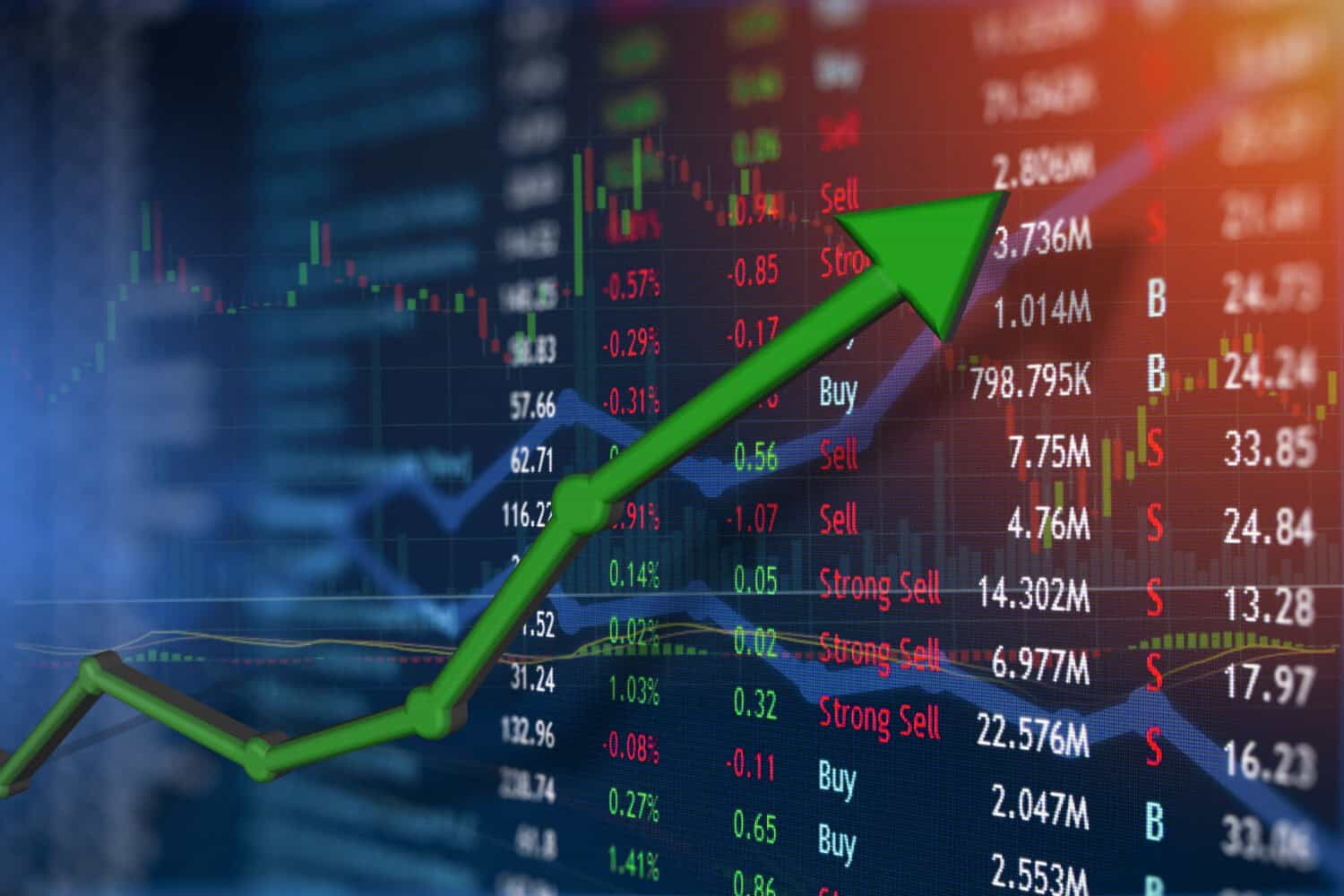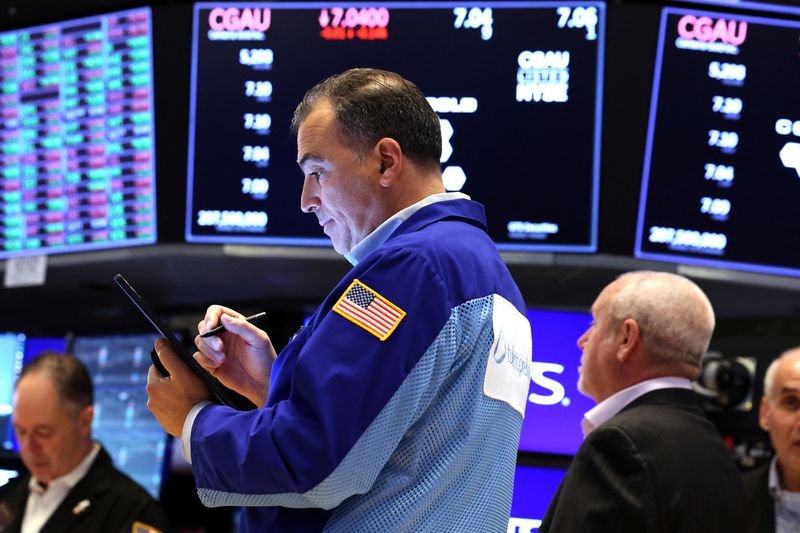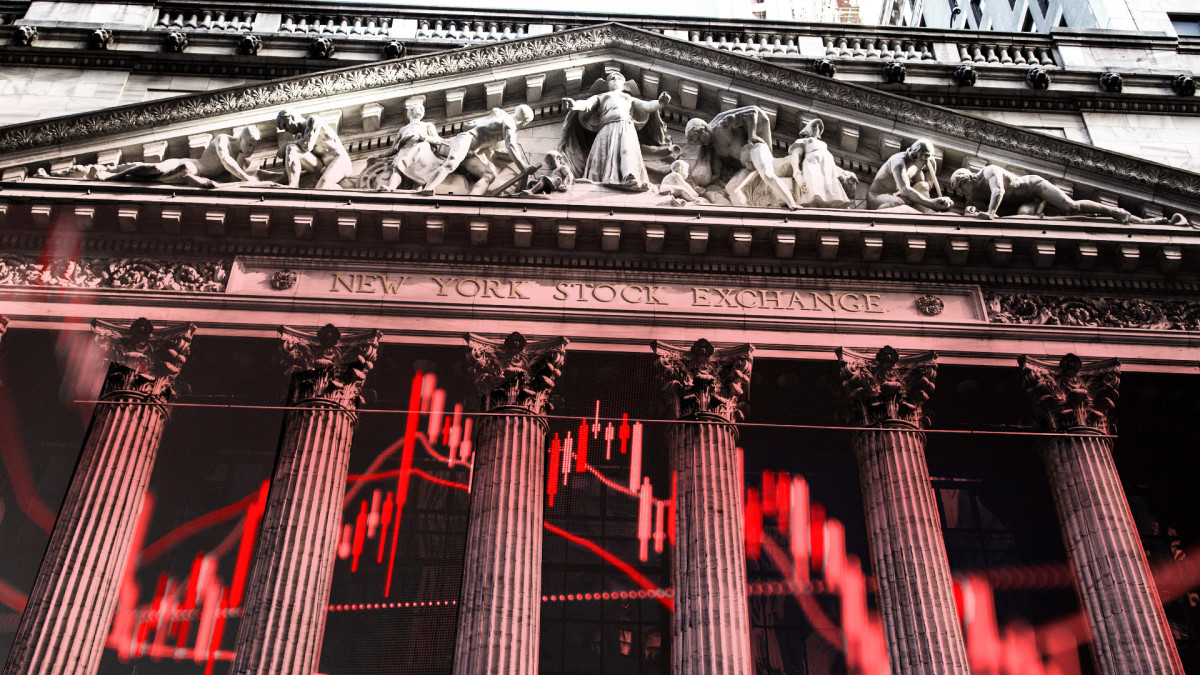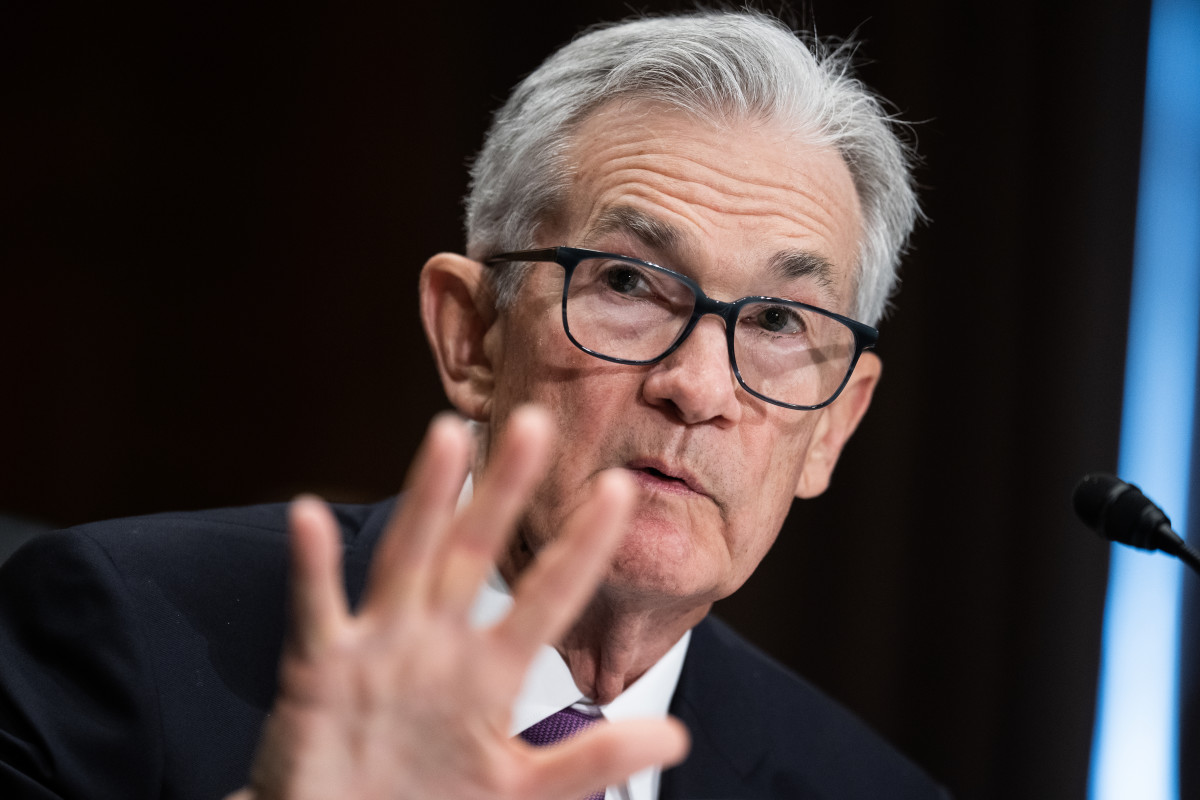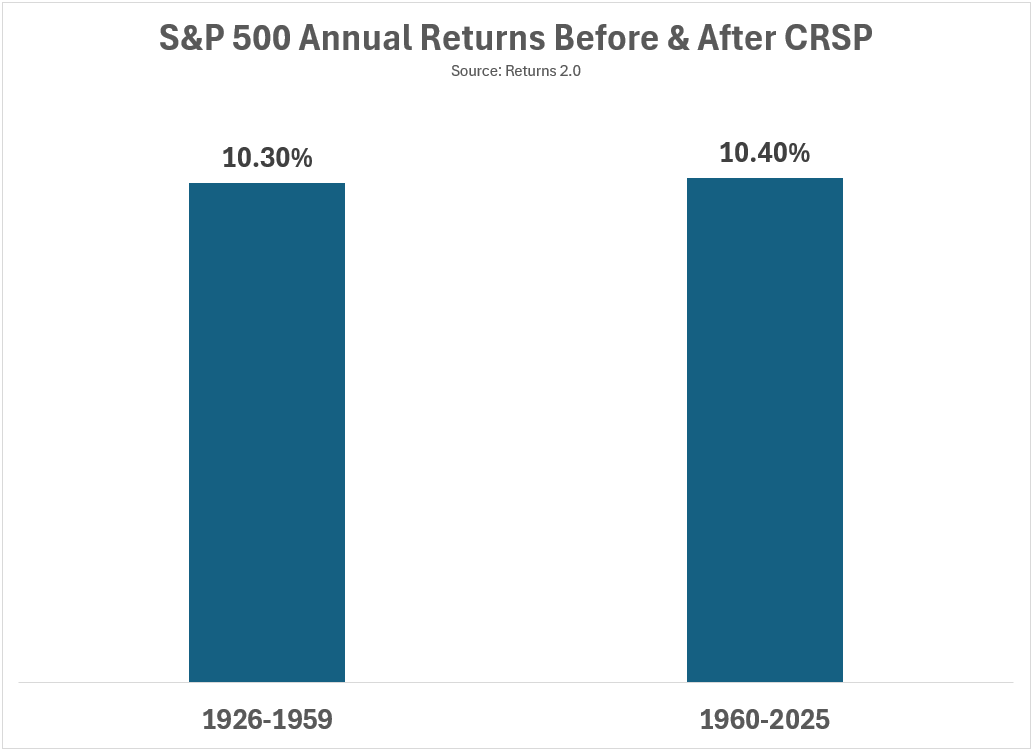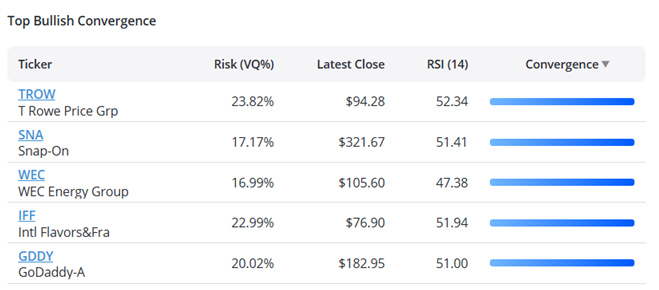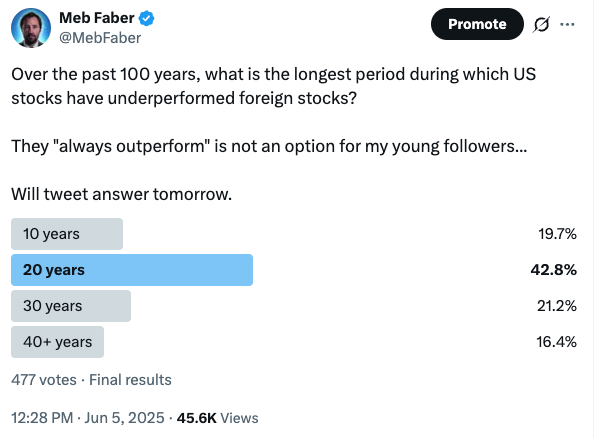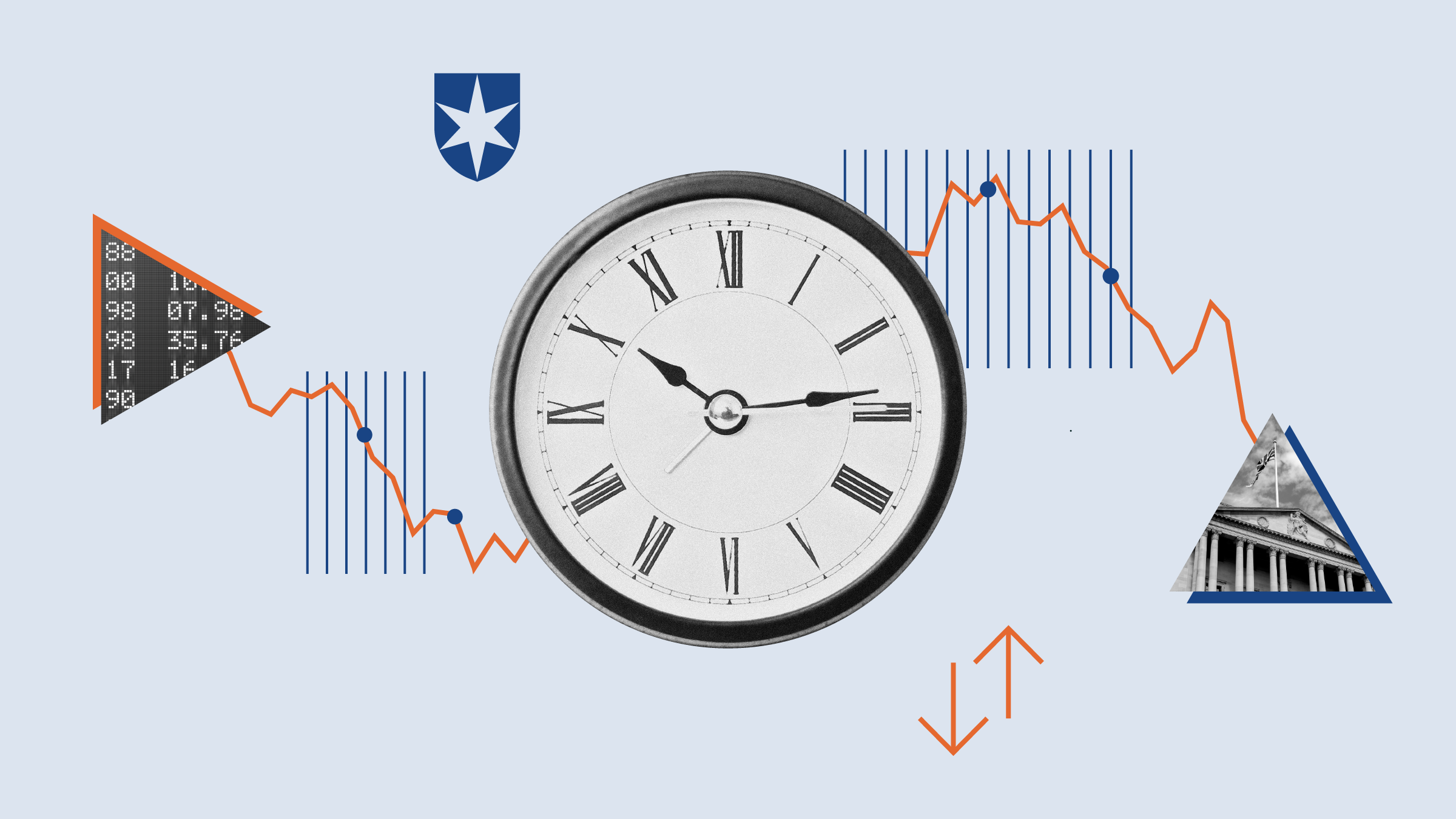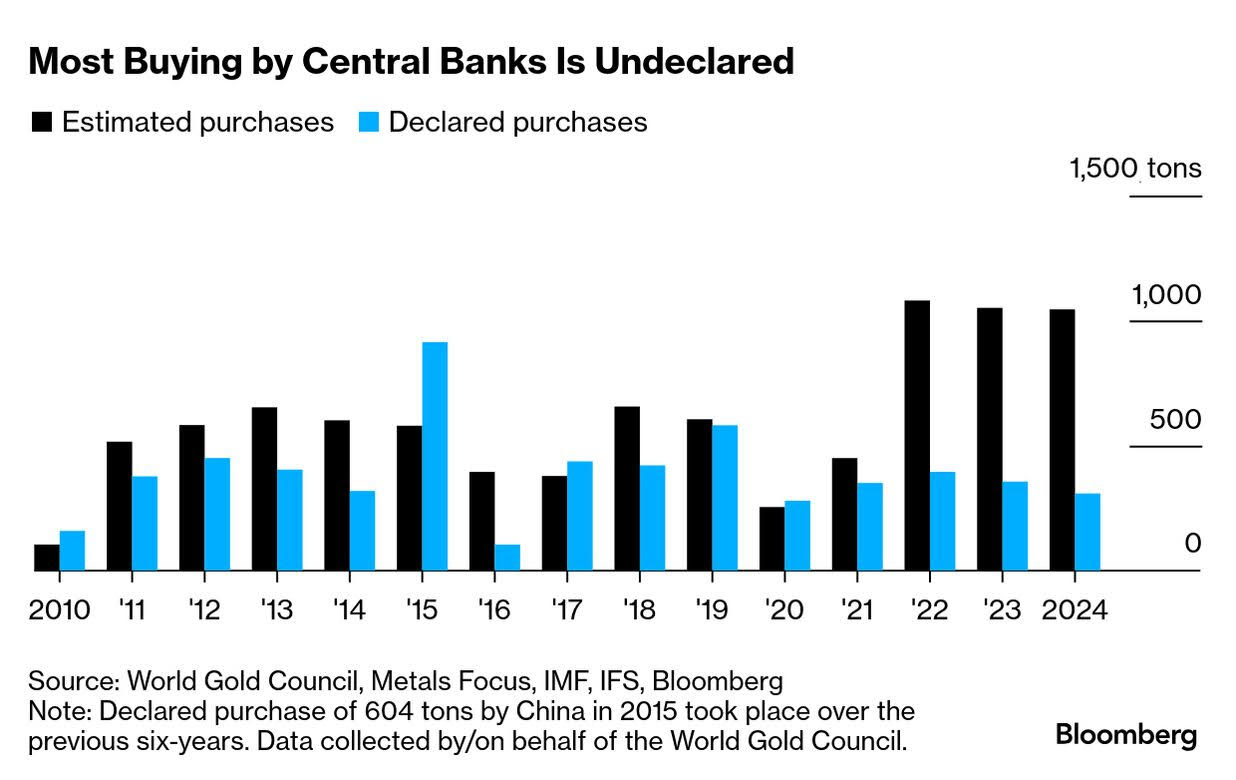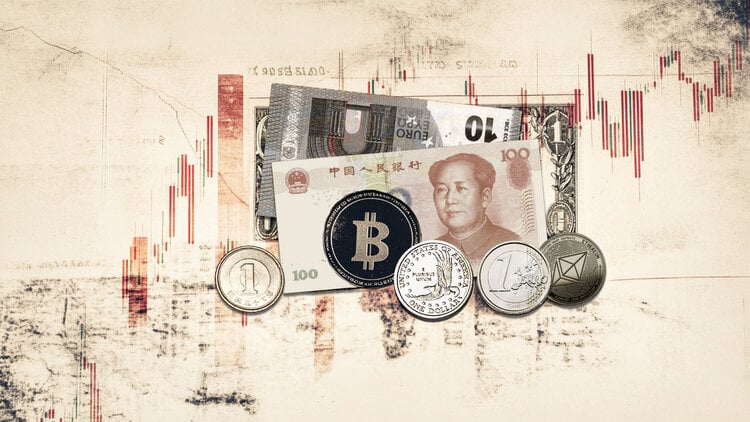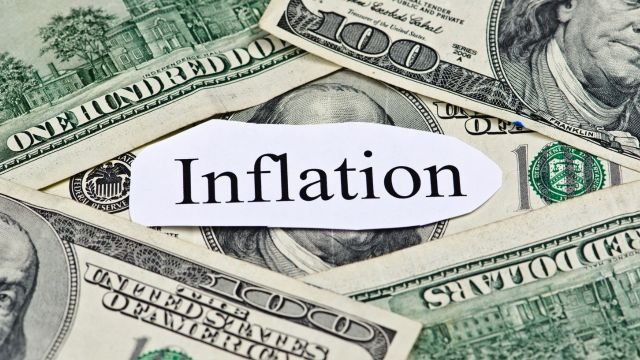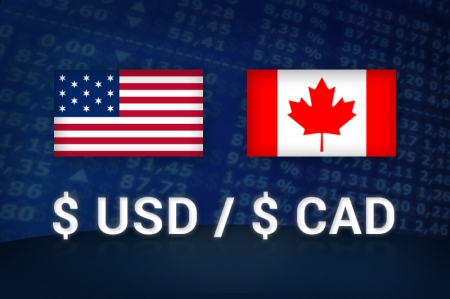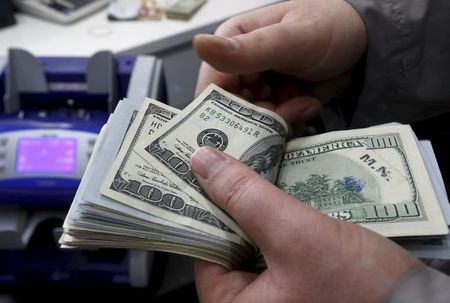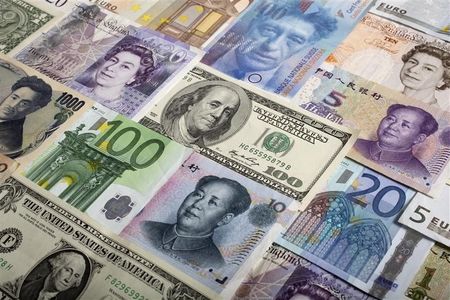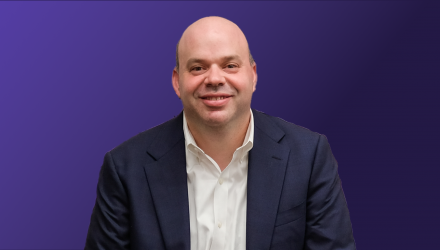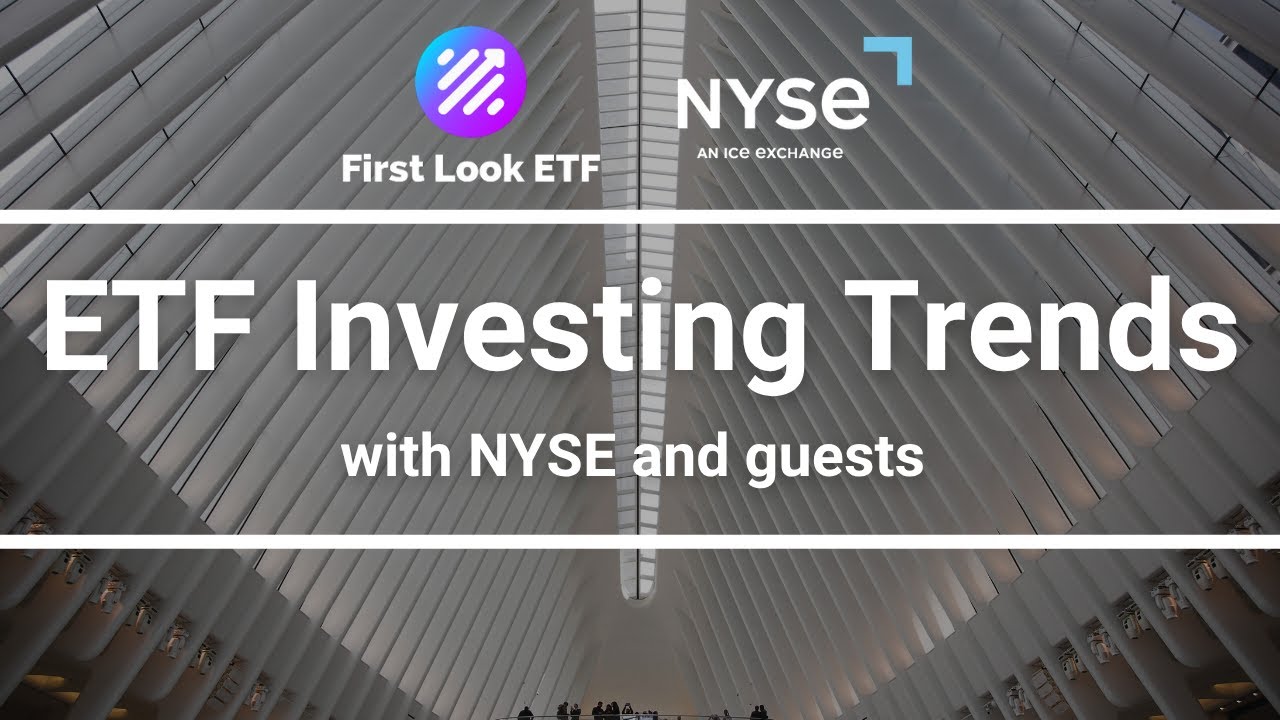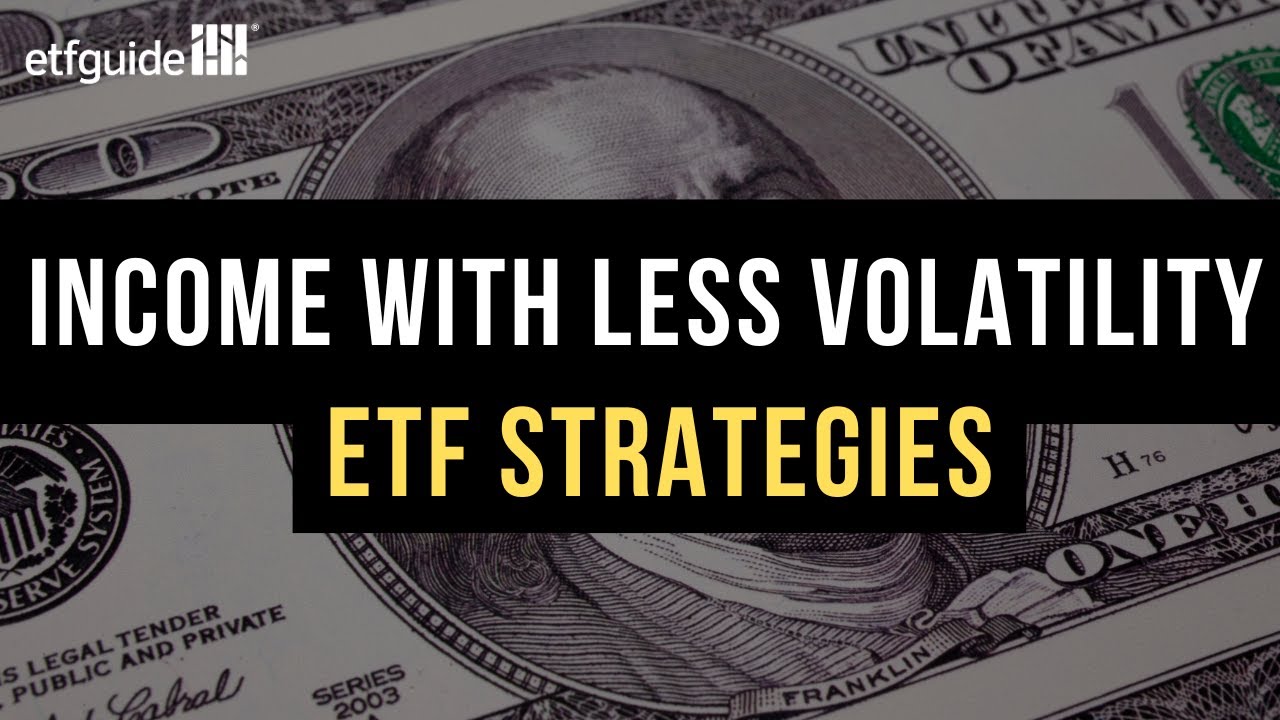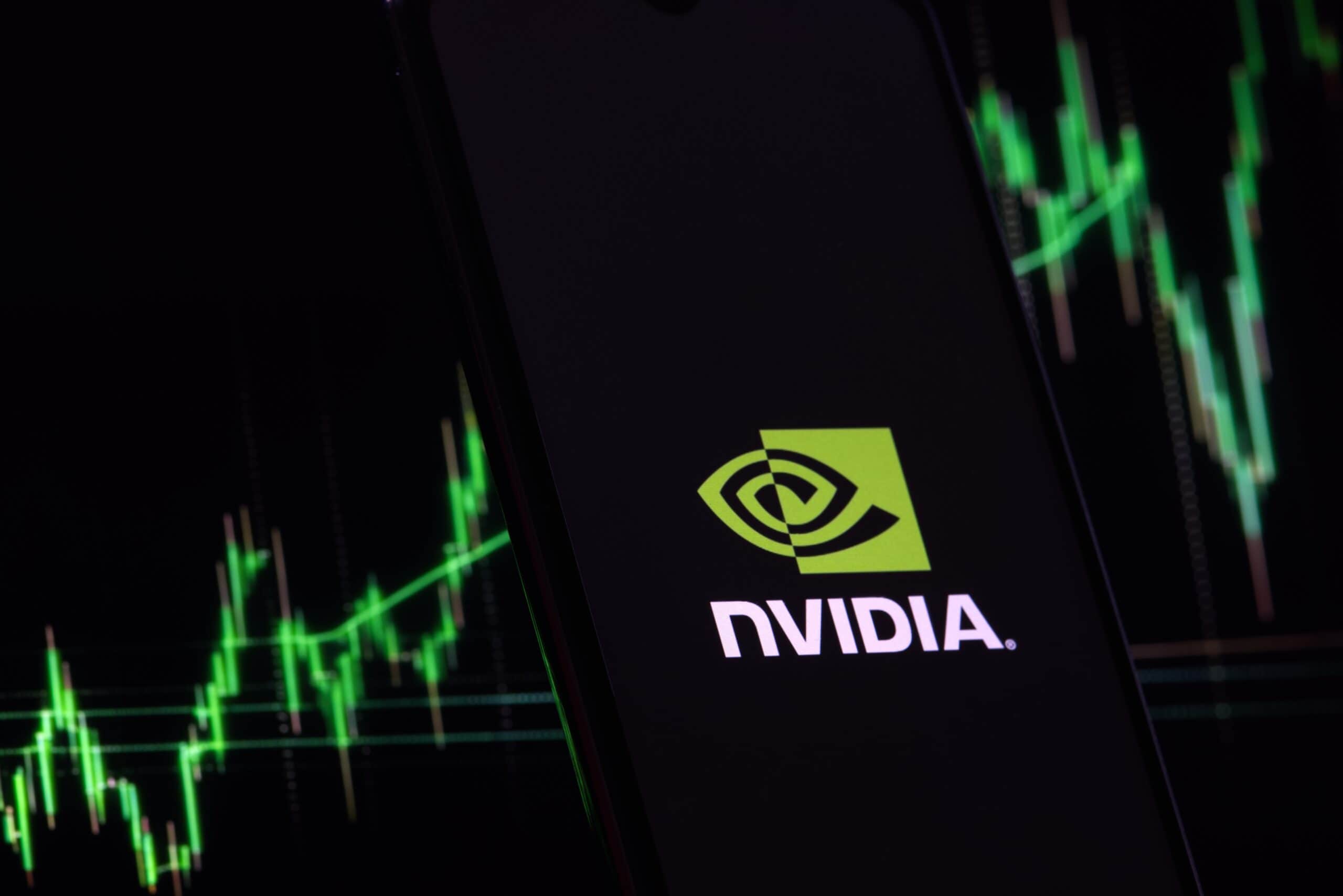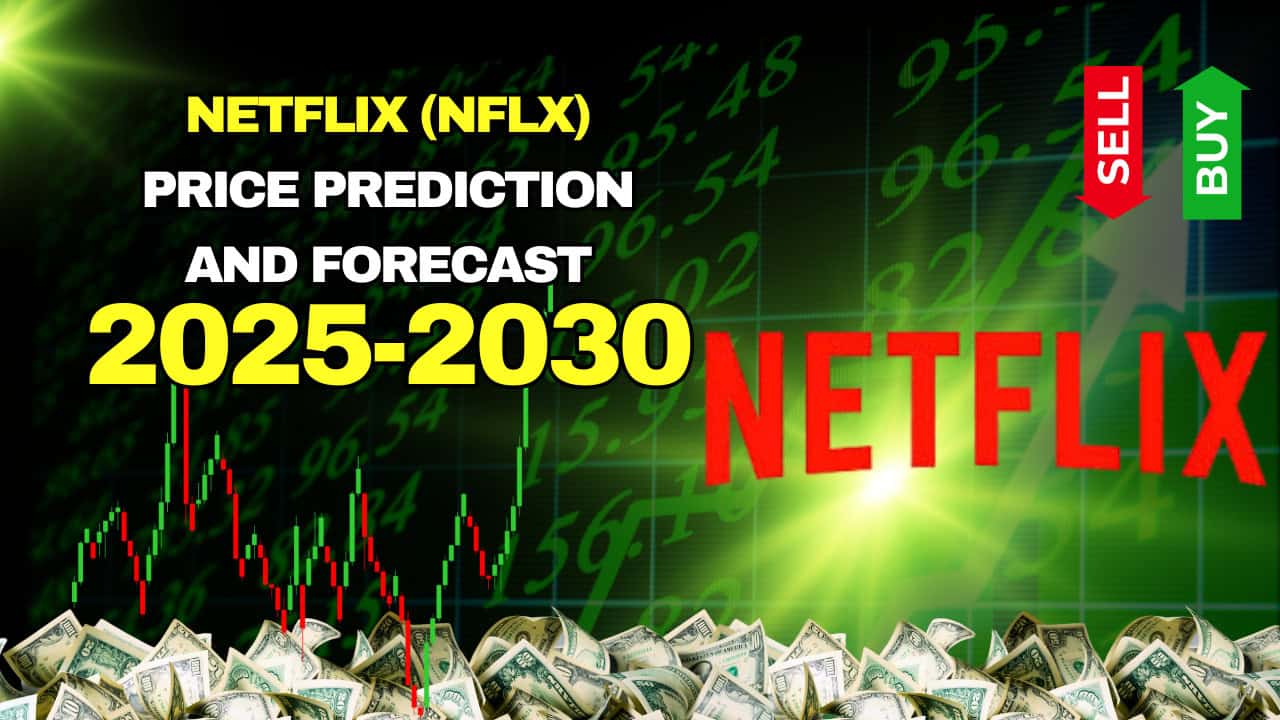What I Learned About Investing in YieldMax ETFs – Beyond MSTY and LFGY
Statistically, about 80% of all call options expire worthless. Nevertheless, there is an unquenchable thirst in the market from buyers to consistently maintain open interest liquidity for anyone looking to write calls. They are more than happy to fork over premiums for the chance to score profits on their leveraged bets. YieldMax was founded in […] The post What I Learned About Investing in YieldMax ETFs – Beyond MSTY and LFGY appeared first on 24/7 Wall St..

Statistically, about 80% of all call options expire worthless. Nevertheless, there is an unquenchable thirst in the market from buyers to consistently maintain open interest liquidity for anyone looking to write calls. They are more than happy to fork over premiums for the chance to score profits on their leveraged bets.
YieldMax was founded in 2011 by ZEGA Financial, an SEC-registered financial advisory specializing in derivatives. Recognizing the market interest in high-flying tech stocks with commensurately high volatility (delta), YieldMax began offering Exchange Traded Funds (ETFs) pegged to specific stocks with an added dividend component. The lower costs, commensurate market movement, and the dividend aspect proved to be an irresistible package that quickly filled YieldMax’s coffers with assets for them to replicate their model with other underlying securities.
Fast forward to 2025. According to Morningstar, YieldMax now holds $9.38 billion Assets Under Management. The company’s ETF catalog has expanded to over 30 covered call ETFs, as well as cryptocurrency ETFs, select portfolio ETFs, industrial sector ETFs (ex. Semiconductors, Real Estate options), index ETDFs, and even short interest ETFs. The state-of-the art computer processing ability to crunch numbers at lightning fast speeds grants YieldMax its operational capabilities to handle all of these offerings.
Key Points
-
YieldMax has a broad catalog of ETFs predicated on artificially generating high yield dividends by the use of derivatives against volatile stocks, cryptocurrencies, and various portfolio collections by industry or other criteria.
-
YieldMax built its niche appeal with a high yield dividend ETF approach to popular tracking of Nvidia, Microstrategy, and other high flying tech industry stocks.
-
The covered call writing strategy can consistently generate dividends, but limits longer term upside potential on the underlying security.
-
Are you ahead or behind on retirement? Do you feel intimidated by a lack of market knowledge when trying to discuss your portfolio goals and strategy ideas? SmartAsset’s free tool can match you with a financial advisor in minutes to help you answer your questions today. Each advisor has been carefully vetted and must act in your best interests. Don’t waste another minute – get started by clicking here.(Sponsor)
YieldMax Covered Call Option Mechanics

YieldMax’s covered call strategy is fairly complex, and utilizes options in a sophisticated fashion that maximizes its efficient use of funds to keep costs low and liquid for each new month of call underwriting. Given that 80% of call options expire worthless, YieldMax’s protocols follow this basic pattern:
- Instead of actually expending thousands of dollars per share for an underlying stock, YieldMax will buy a leap call option (long maturity) and create a synthetic covered call by writing a near term call against it.
- YieldMax then sells a short put, along with a put option for the same strike price and expiration as the leap call.
- Maximum risk is limited to the cost of the leap call.
- The cost of the synthetic covered call is far less than conventionally acquiring the underlying stock to do a traditional covered call.
- The synthetic derivative will also hold US Treasuries for added capital protection.
When markets are more volatile, option premiums are higher. The erosion of premium value is tied to time remaining before expiration and the amount of intraday activity the underlying stock has during that period. Ideally, YieldMax creates its synthetic derivatives when activity and time remaining appear to be optimal for the call buyers, eager to make a quick profit. YieldMax then plays the odds that every passing day the stock trades down or sideways ensures the likelihood of the option being worthless by expiration Friday.
YieldMax ETF Distribution Comparisons

The YieldMax ETFs have spawned a solid following of investors seeking exposure to stocks like Microstrategy (NASDAQ: MSTR) but who lack the capital to afford a $390 per share price tag. YieldMax’s Yieldmax MSTR Option Income Strategy ETF (NYSE: MSTY), at a much more affordable $22 per share, allows for an investor to buy 17 ETFs for the price of 1 MSTR share. Additionally, MSTY, at the time of this writing, has a distribution rate of 90.27%, certainly making for a lucrative yield.
One YieldMax enthusiast owns MSTY and also has the YieldMax Crypto Industry & Tech Portfolio Option Income ETF (NYSE: LFGY), which pays dividends on a weekly basis. He took to Reddit to inquire from other YieldMax fans as to their portfolio preferences. While MSTY sports an attractive 90.27% distribution rate, YieldMax has several others that are generating even higher dividend distributions that the poster might want to explore.
YieldMax PLTR Option Income Strategy ETF (NYSE: PLTY)
Big data predictive analytics goliath Palantir Technologies (NASDAQ: PLTR) has been in the news recently with new federal contracts related to surveillance data that has many concerned over the potential for a 1984 “Big Brother” scenario. Founded by a group led by Vice President J.D Vance’s mentor, Peter Thiel, Palantir’s use of AI has greatly enhanced its already pervasive data access and analytics capabilities. YieldMax’s PLTY, which tracks PLTR, pays a hefty 139.94% distribution rate based on market price at the time of this writing.
YieldMax Short MSTR Option Income Strategy ETF (NYSE: WNTR)
w
Microstrategy’s founder, Michael Saylor, is well known for his obsession with Bitcoin. His decision to devote so much of Microstrategy’s resources to Bitcoin has, for all intents and purposes, made MSTR into a Bitcoin proxy investment. His 2022 $917 million loss on Bitcoin triggered his stepping down from acting as CEO, but the company’s Bitcoin involvement has not appreciably altered. Taking the other side of MSTY, WNTR is a put option play on downside volatility of MSTR and Bitcoin. Since the call side has a greater chance of expiring worthless, a put strategy can offer strong returns as well. In fact, WNTR’s distribution rate at this time is higher than MSTY, and currently lists at 112.86%.
YieldMax Ultra Option Income Strategy ETF (NYSE: ULTY)
Among the Reddit respondents, ULTY was the most popular YieldMax ETF cited for weekly dividend distributions. Sporting a distribution rate of 78.88%, its synthetic derivative calls are created against a select portfolio of stocks that includes holdings in Applied Digital Corp (NASDAQ: APLD), AST SpaceMobile, Inc. (NASDAQ: ASTS), and others.
YieldMax Magnificent 7 Fund of Option Income ETFs (NYSE: YMAG)
Going to the source of the huge bull market tech stock surge over the past several years, YMAG is an ETF generating dividends against a portfolio of Magnificent 7 ETF allocations from YieldMax’s individual issues for each member stock: Apple (NYSE: APLY), Amazon (NYSE: AMZY), Alphabet (NYSE: GOOY), Meta Platforms/Facebook (NYSE: FBY), Microsoft (NYSE: MSFO), Nvidia (NYSE: NVDY), and Tesla (NYSE: TSLY). Its distribution rate is 71.14%.
Portfolio Strategies And Tips

The following strategies and tips for portfolio management may come in handy, based on the high yield ETFs in question:
-
- Issuer Diversification: Although YieldMax has created an impressive catalog of high-yielding synthetic derivative ETFs, others have joined the arena, with the JP Morgan Nasdaq Equity Premium ETF (NASDAQ: JEPQ) and Global X Nasdaq 100 Covered Call ETF (NASDAQ: QYLD) being two popular examples. Both ETFs track the tech heavy Nasdaq-100 Index, although their underlying holdings hold a greater amount of actual stocks than those of YieldMax. However, for the sake of issuer diversification, they may be worth consideration.
- Compounding Through DRIP: If wealth building is a primary goal of the portfolio and one does not need the dividend income, reinvesting it in a Dividend Reinvestment Plan (DRIP) can be an opportune method of compounding growth, thanks to the high dividend payouts and relatively low ETF prices.
- Expense Ratios: Due to their active management, ETFs with synthetically created high dividends have much higher expense ratios than passively managed ETFs that simply track indexes. The differences in YieldMax’s covered call ETFs range from 0.99% to 1.28%. Some competitors may be lower or higher, but if comparing ETFs that track a similar index or asset class, including the expense ratio in the overall yield calculation will ensure an apples to apples comparison.
The post What I Learned About Investing in YieldMax ETFs – Beyond MSTY and LFGY appeared first on 24/7 Wall St..









































